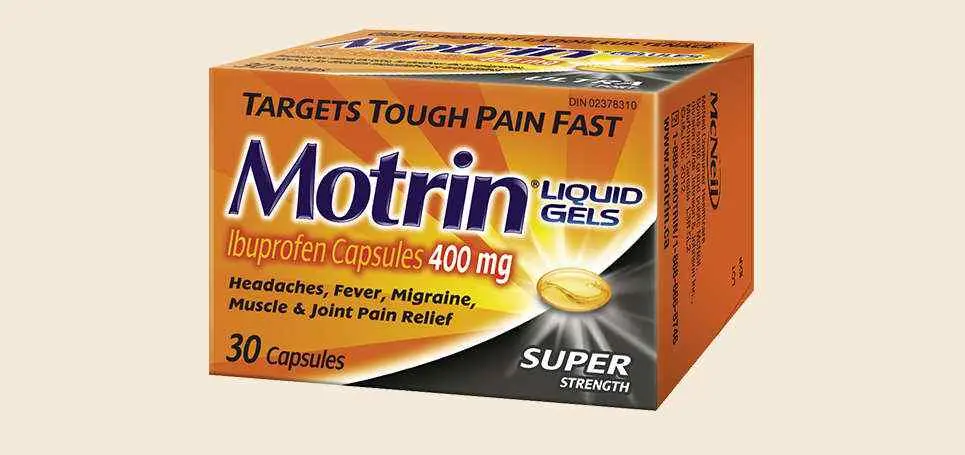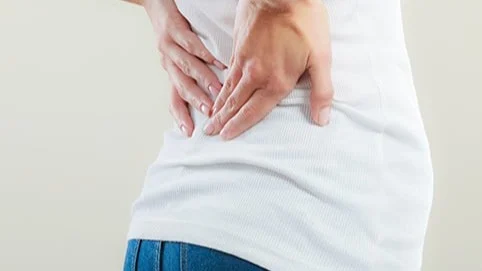Tips for Back Pain Relief
Don’t let back pain ruin your day.
Tips on treating and preventing upper and lower back pain.
Back Pain
Learn More

Adult Dosing Charts
Find the right dose of MOTRIN® products for you.

MOTRIN® Liquid Gels
Fast, effective relief for headache pain.


